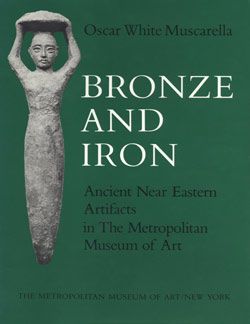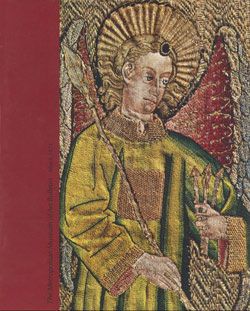Vessel
Not on view
Elaborate bowls and vessels were highly valued in ancient Near Eastern society. During the pre-Achaemenid, Achaemenid, Seleucid and Parthian periods, examples made of bronze, silver, gold, and clay were used throughout a vast area extending both to the east and west of Iran. This elegant bronze cast vessel, reportedly from Iran, is decorated with floral and botanical patterns in relief inlaid with silver. Acanthus leaves and floral motifs appear on the neck; heart-shaped leaves and lily or lotus flowers around the collar. The leaves of a white lotus plant on the body alternate with additional blossoms on the body. The broad petals and vertical ribbing distinguish the leaves of a white lotus from those of a blue one, which is more commonly represented. Silver inlay that originally appeared on the leaves’ central spines, still extant on one of them, would have enhanced the vase’s luxurious appearance even further. Although its place of production is unknown, both the decoration and casting techniques reflect Hellenistic prototypes.
Due to rights restrictions, this image cannot be enlarged, viewed at full screen, or downloaded.



